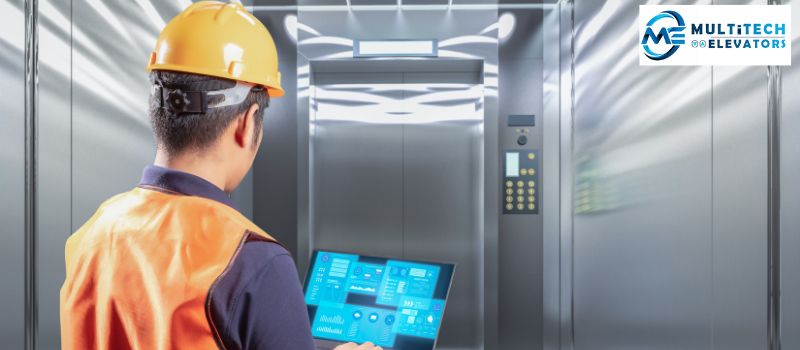Elevators, also known as lifts in some regions, are essential vertical transportation devices designed to efficiently move people and goods between different levels of a building. They play a crucial role in modern urban infrastructure, providing convenience, accessibility, and efficiency in both residential and commercial settings. Elevators come in various types, each tailored to specific purposes based on building design, traffic patterns, and user requirements.
Types of Elevators and Their Uses
1. Passenger Elevators
Passenger elevators are the most common type, designed primarily for transporting people between floors within residential, commercial, and institutional buildings. These elevators are equipped with features like automatic doors, interior lighting, and control panels for floor selection. They ensure smooth, safe, and comfortable vertical transportation for building occupants.
Functions:
- Efficient movement of passengers between floors.
- Integration of safety features such as emergency stop buttons and intercom systems.
- Customizable interior designs to suit architectural aesthetics.
- Capacity ranges typically from 6 to 20 passengers.
2. Freight Elevators
Freight elevators, also known as goods lifts or service elevators, are designed to transport heavy loads, equipment, and goods within industrial, commercial, and residential buildings. These elevators feature robust construction and larger dimensions to accommodate bulky items safely and efficiently.
Functions:
- Transport heavy loads, machinery, and goods between different floors.
- Larger dimensions and higher weight capacities compared to passenger elevators.
- Durability and reliability to withstand frequent use in industrial settings.
- Safety features such as reinforced cabin floors and heavy-duty doors.
3. Home Elevators
Home elevators are specifically designed for residential buildings, providing accessibility solutions for elderly individuals or people with mobility challenges. These elevators are smaller in size compared to commercial ones and can be customized to blend seamlessly with home interiors.
Functions:
- Enhance accessibility and convenience for homeowners.
- Compact design suitable for installation in existing homes.
- Quiet operation and energy-efficient features.
- Safety features like emergency brakes and battery backups.
4. Hospital Elevators
Hospital elevators are critical for the healthcare sector, designed to accommodate stretchers, medical equipment, and healthcare personnel efficiently. These elevators prioritize speed, reliability, and hygiene to meet the demanding needs of hospitals and medical facilities.
Functions:
- Quick and efficient transportation of patients, medical staff, and equipment.
- Hygienic materials and easy-to-clean surfaces.
- Specialized controls for emergency situations.
- Capacity to accommodate stretchers and medical carts.
5. Dumbwaiters
Dumbwaiters are small freight elevators used for transporting food, supplies, and light goods between floors within residential homes, restaurants, and small businesses. They are compact, with limited weight capacities, and serve as a convenient alternative to carrying items manually.
Functions:
- Efficient transfer of food and supplies in restaurants and homes.
- Compact size suitable for installation in tight spaces.
- Enhance workflow efficiency by reducing manual handling.
- Safety features to prevent accidents during operation.
6. Escalators and Moving Walkways
Although not technically elevators, escalators and moving walkways are integral to vertical transportation in large public spaces such as airports, shopping malls, and metro stations. These moving platforms transport large volumes of people horizontally as well as vertically.
Functions:
- Continuous movement of passengers between different levels.
- Enhance pedestrian flow and reduce congestion in busy areas.
- Safety features like handrails and emergency stop buttons.
- Energy-efficient operation with sensors to adjust speed based on traffic.
Conclusion
Elevators are indispensable components of modern buildings, offering efficient vertical transportation solutions for passengers, goods, and specialized equipment. Each type of elevator is designed with specific functions and features tailored to meet diverse operational needs in residential, commercial, healthcare, and industrial settings.

